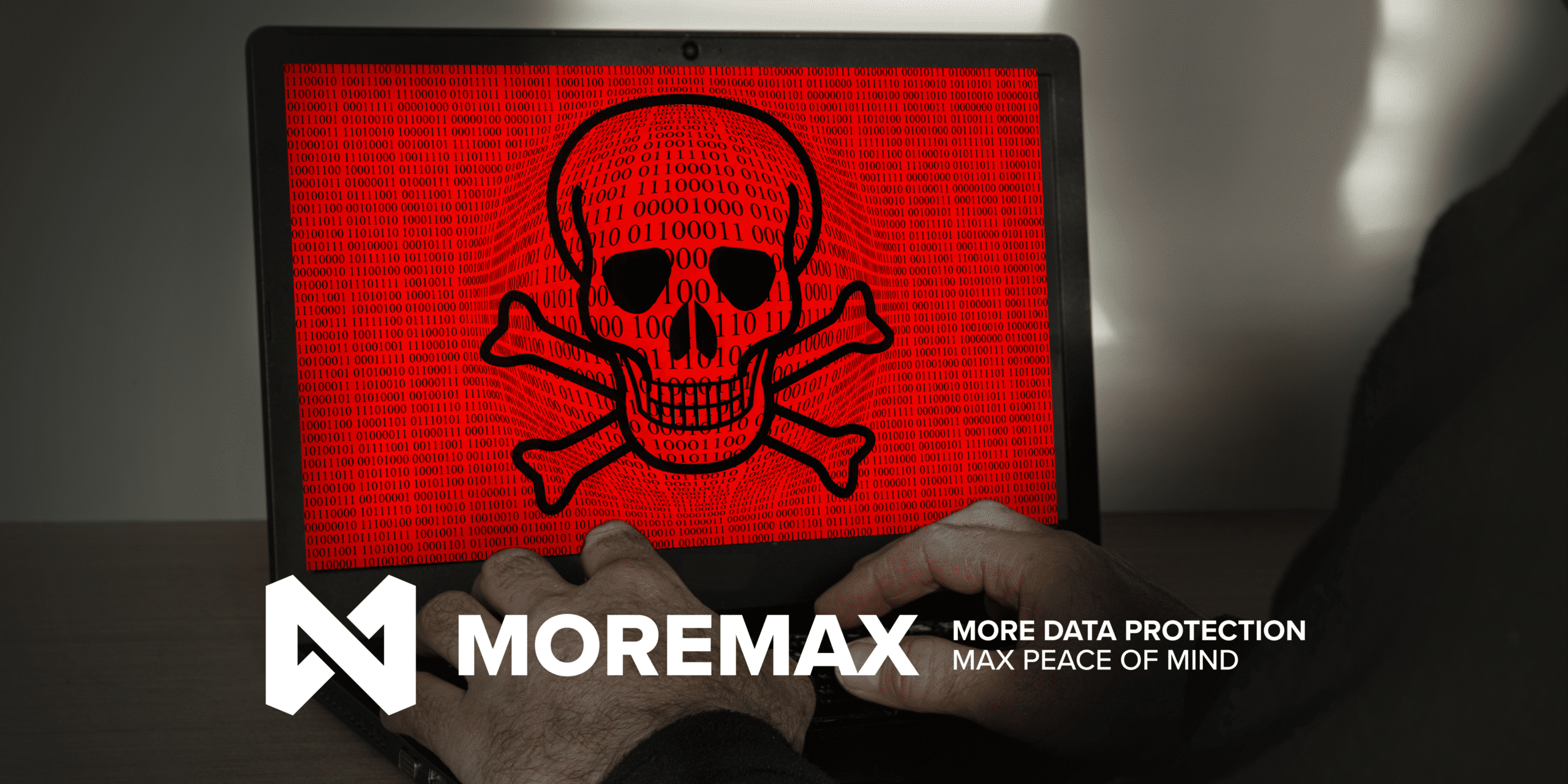
Our lives are intricately connected to technology. From smartphones to laptops, we rely on these devices for communication, work, and entertainment. But lurking in the shadows of the digital world is a menacing threat known as ransomware. Understanding what ransomware is and how it operates is crucial for protecting our digital lives.
What is Ransomware?
Ransomware is a type of malicious software designed to infiltrate computers, networks, and other digital devices with the intent of encrypting valuable files and data. Once encrypted, the attackers demand a ransom from the victim in exchange for the decryption key required to unlock the files. This leaves victims in a precarious position: pay the ransom and hope to regain access to their data, or refuse to pay and risk losing important files forever.
How Ransomware Works: The Infection Process
Ransomware often spreads through malicious email attachments, compromised websites, or infected software downloads. Once the malware gains access to a system, it begins encrypting files using a complex algorithm, rendering them unreadable without the decryption key. After encryption, the victim receives a ransom note outlining the payment details and instructions for obtaining the decryption key.
The Devastating Impact
The impact of a ransomware attack can be devastating on both personal and professional levels. Individuals can lose cherished family photos, important documents, and sensitive personal information. For businesses and organizations, the consequences can be even more dire, leading to operational disruptions, financial loss, and damage to their reputation.
The Moral Dilemma: To Pay or Not to Pay?
The decision to pay the ransom is a complex one. While paying might provide access to crucial files, it also encourages cybercriminals to continue their attacks. There’s no guarantee that paying the ransom will lead to the safe return of data, and it can perpetuate a cycle of extortion.
Protecting Yourself Against Ransomware
- Stay Vigilant: Be cautious when opening emails or clicking on links from unknown sources. Verify the sender’s identity and avoid downloading attachments from untrusted sources.
- Regular Backups: Keep regular backups of your important files on external devices or secure cloud services. This way, even if you fall victim to a ransomware attack, you can restore your data from a backup without paying a ransom.
- Update Software: Keep your operating system, applications, and security software up to date. Cybercriminals often exploit vulnerabilities in outdated software.
- Use Security Software: Install reputable antivirus and anti-malware software to help detect and prevent ransomware infections.
- Educate Yourself: Stay informed about the latest ransomware threats and tactics. Understanding the risks can help you recognize and avoid potential attacks.
In a world where technology is deeply intertwined with our lives, the threat of ransomware is a stark reminder of the importance of cybersecurity. By staying vigilant, adopting best practices, and educating ourselves, we can better protect our digital lives from this malicious threat.






Related Posts